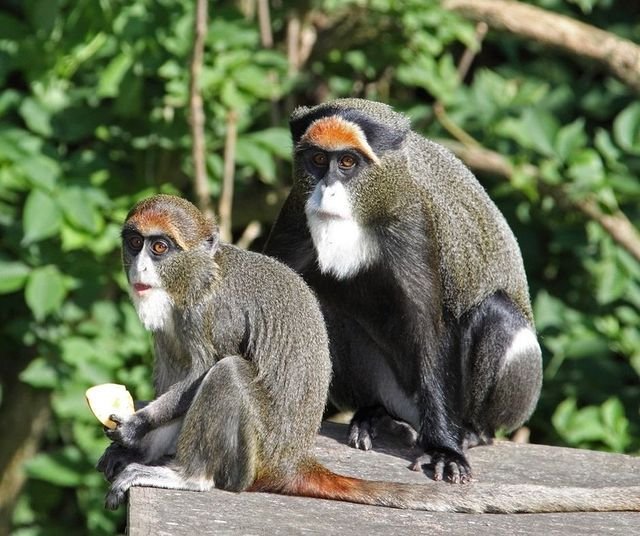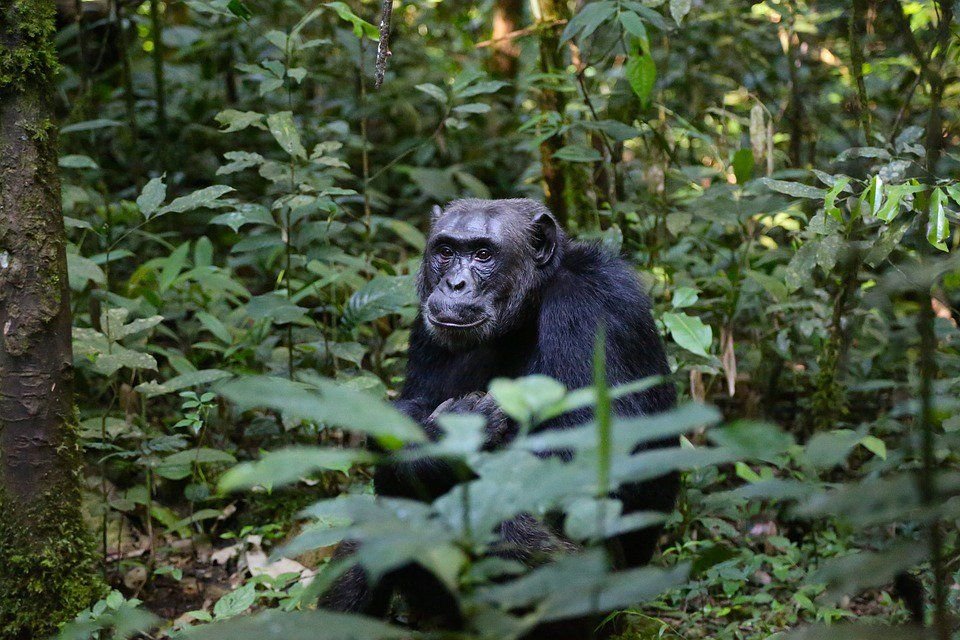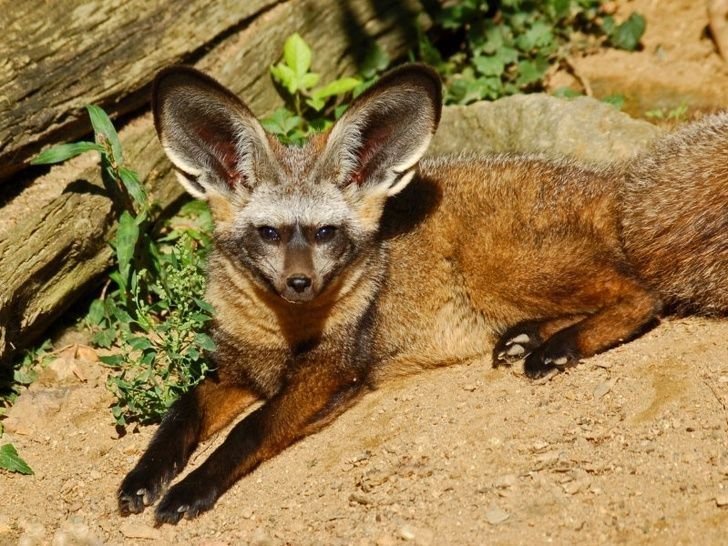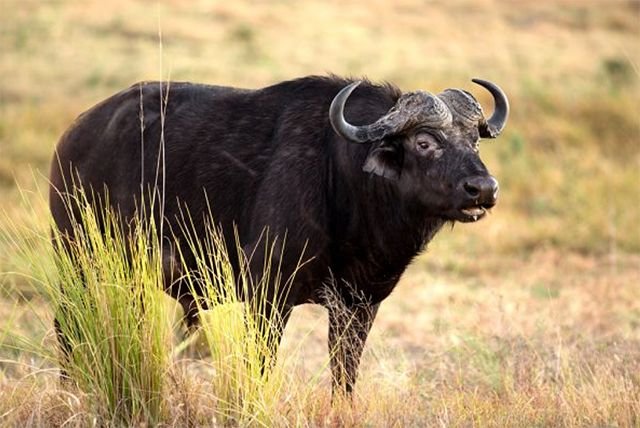The mountain gorilla
Uganda is home to one species of gorilla, and that species is the critically endangered mountain gorilla. On the slopes of the Virunga Mountains in Mgahinga National Park and Bwindi Impenetrable National Park, Uganda is home to more than half of the world's mountain gorilla population.
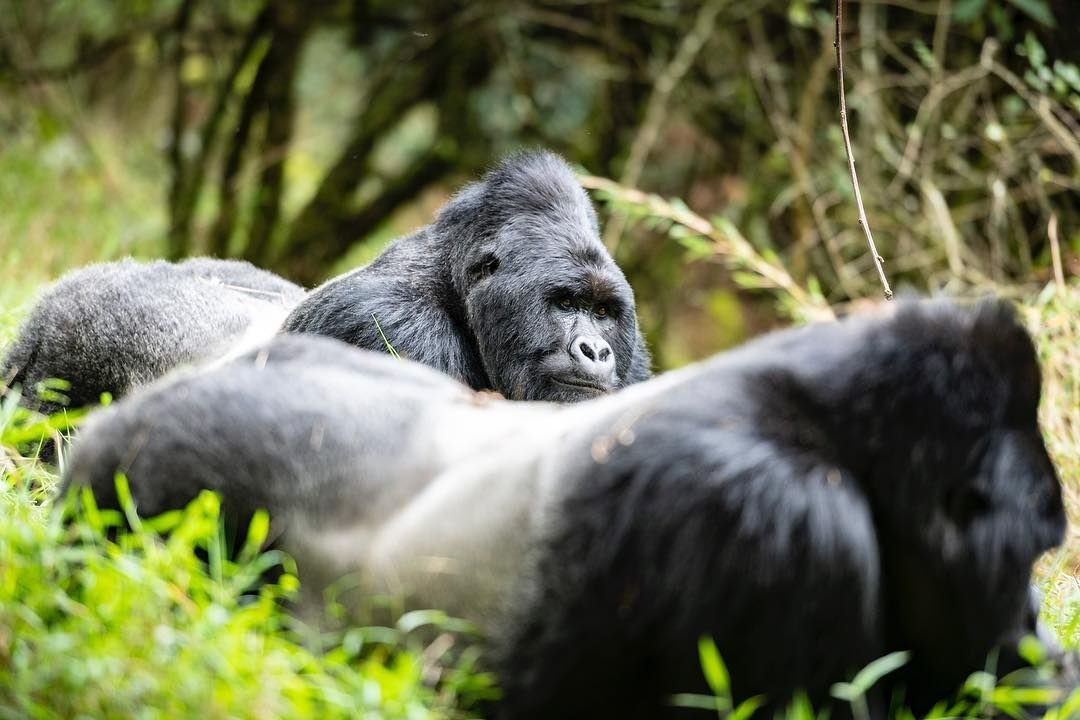
A subspecies of the eastern gorilla, the mountain gorilla (Gorilla beringei beringei), can be found in the western mountains. The International Union for the Conservation of Nature classifies it as endangered.
The mountain gorilla is able to survive in colder climates thanks to its fur, which is thicker and longer than that of other gorilla species. One of the ways in which humans may tell individual gorillas apart is by their distinctive nose prints.
The mountain gorilla walks around on four legs most of the time. If the branches of a fruiting tree can support its weight, however, it will climb up there. Its arms are proportionally longer than its legs, making it a giant ape. It walks by putting the weight of its body on the knuckles of its fingers rather than its palms.
Because of its vast size, the mountain gorilla must spend most of its waking hours feeding. It begins its day with a foraging session, takes a midday nap, and then forages again in the afternoon before retiring for the night. Every night, individual gorillas make a brand-new nest out of the available vegetation for sleeping. Only new-borns and their moms share a nest. They tend to leave their nests or other resting places when the sun rises, which is typically around 6 a.m., unless it is particularly cold or cloudy outside.
A gorilla family's home range for a year often covers more than one type of plant life and depends a lot on where they can find food.
The behaviour of mountain gorillas
Mountain gorilla groups stay together because adult males and females make bonds that last their whole lives. Weak bonds exist between females. The silverback typically protects his pack rather than his territory in these groups.
The dominant silverback usually decides where the group goes to eat and guides the others there. Moreover, he acts as a peacemaker for internal disagreements and as a guard against outside dangers for the organisation.
In the event that the silverback passes away or is killed by something like an illness, an accident, or poachers, the family unit may be shattered. The group will either break up or adopt a man who isn't related to them if there isn't a suitable male descendant to take his place.
Mountain gorillas are powerful and large, but they are also surprisingly timid and docile.
When two groups of mountain gorillas meet, the silverbacks may fight to the death, often making deep, gaping wounds with their canines. Such severe aggressiveness is unusual in stable groups.
When everyone takes a break for lunch, it's a great chance to get to know one another better and strengthen bonds that have been formed earlier in the day. Sharing in the act of grooming not only strengthens social relationships but also keeps hair clean and free of parasites.
Vocalisation
At least 25 different types of vocalisations are used for communication, and several of them are used primarily for group communication in the midst of thick foliage. When on the move, grunts and barks are the most common forms of communication amongst members of a group and serve as an indicator of where everyone is.
When social interactions call for discipline, it can be used there too. Silverback silverbacks are the most prolific makers of alarms, or warning screams and roars. Having frequent, low-frequency belches while eating and resting shows that the animal is happy. To communicate inside a group, they are the norm.
The mountain gorilla Diet
The mountain gorilla is a herbivore that relies on the leaves, shoots, and stems (85.8%) of 142 different plant species for its nutrition. Small insects and other arthropods make up the rest of its diet, along with flowers (2.3%), fruit (1.7%), and bark (6.9%). (0.1%). An annual survey conducted in Bwindi Impenetrable Forest found that adult males consumed an average of 18.8 kg (41.1 lb) of food per day, while females consumed an average of 14.9 kg (33 lb).
Conservation
The International Union for the Conservation of Nature (IUCN) Red List has called the mountain gorilla "critically endangered" since 2018. Because of conservation efforts, the number of mountain gorillas (Gorilla beringei beringei) in the Virungas and at Bwindi has grown. People think that there are more than a thousand people in the population right now.
Best spots to see the mountain gorillas
One group lives in the Mgahinga National Park in southwest Uganda; the Volcanoes National Park in northwest Rwanda; and the Virunga National Park in eastern Democratic Republic of the Congo, which are all located in the Virunga Volcanic Mountains of Central/East Africa (DRC). The other group lives in Bwindi Impenetrable National Park in Uganda. Although no description of the Bwindi population has been finalised, several primatologists have speculated that it is a distinct subspecies.
Read our comprehensive guide to gorilla trekking in Uganda for additional details.
What's Your Reaction?
 Like
1
Like
1
 Dislike
0
Dislike
0
 Love
1
Love
1
 Funny
0
Funny
0
 Angry
0
Angry
0
 Sad
0
Sad
0
 Wow
0
Wow
0





























































